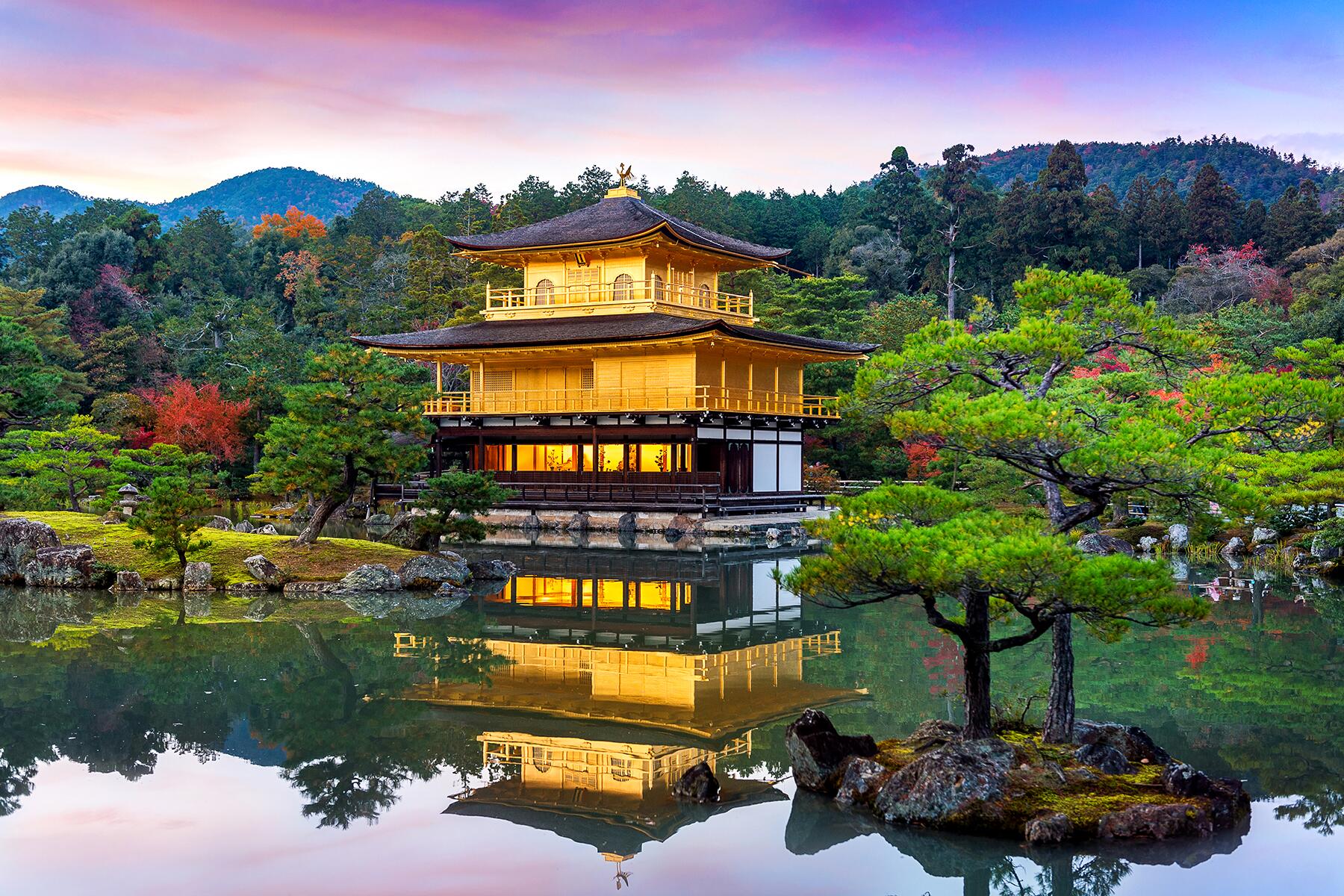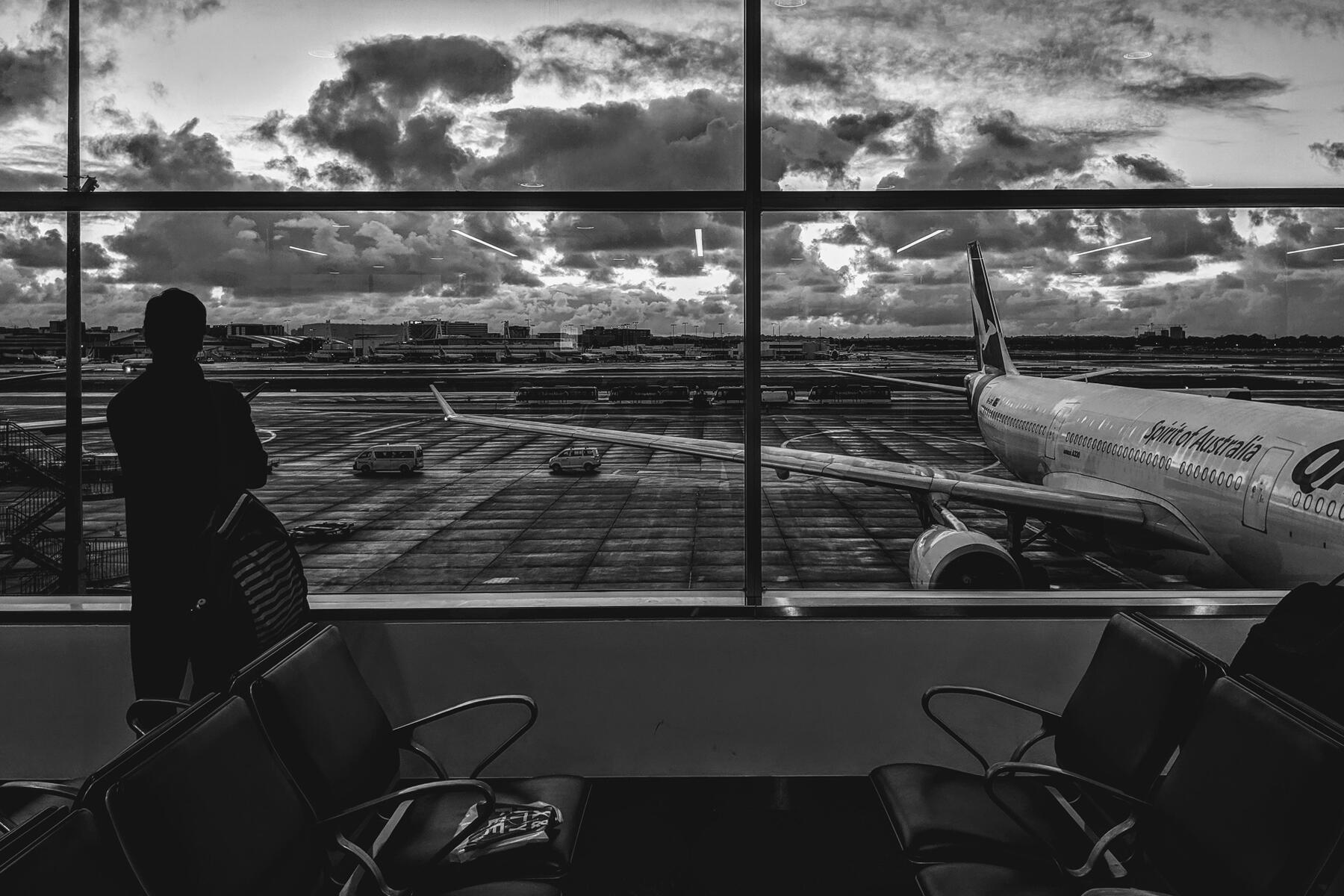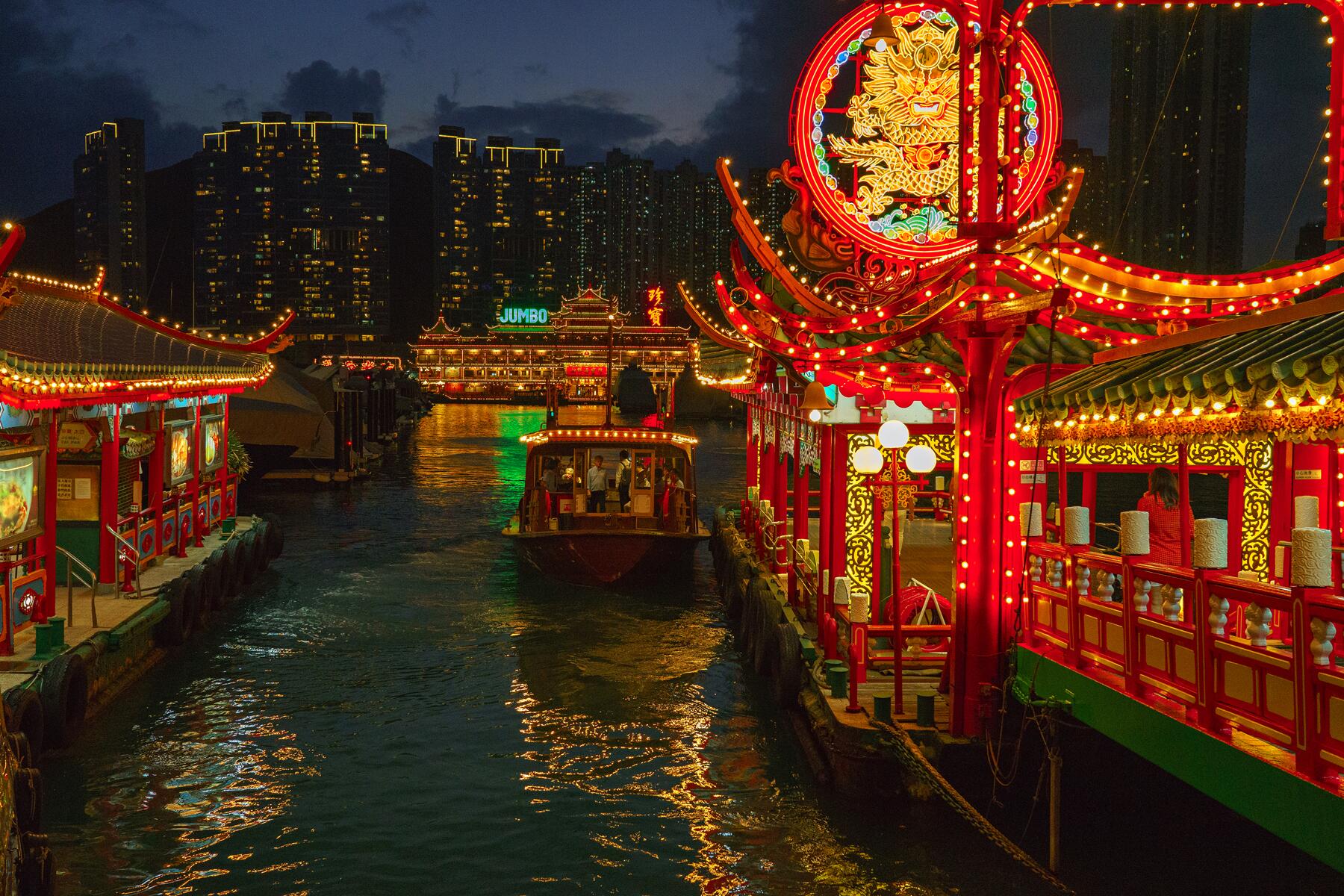Full-time RVers and van-lifers, for whom social distancing is a way of life, race to find a safe spot to hunker down.
On a Wednesday in mid-March, Mark Koep left Mesa, Arizona after breakfast, aiming to make it to Santa Monica in time for a dinner meeting. By the time he hit the Los Angeles suburbs, he knew something was very wrong.
“I know the traffic patterns on those roads,” Koep says. He’d budgeted time to sit in late afternoon gridlock, but instead, he reached the coast an hour and a half early. The empty highways unnerved him in a way news reports about the spreading COVID-19 virus hadn’t. “If an entire metro area could just shut down, well, that made the threat real for me.”
Koep made his meeting in Santa Monica, then headed back to Mesa, hatching plans in his head. Within days, he and his wife, their seven-year-old, and their newborn were on the move.
For the last 11 years, Koep and his family have lived full-time in an RV, moving to new campsites every few weeks. In 2012, they launched Campground Views, a directory of nearly 20,000 campgrounds and RV parks across the country. The vast majority of those parks are closing, leaving a huge swath of the million or so (according to the RV Industry Association) people who live in RVs and converted camper vans scrambling for a safe place to park as cities shut down, stores empty out, and borders snap shut in the wake of a pandemic.
Recommended Fodor’s Video
“If we were to get sick, this is not where we want to be. We’re trying to be responsible, and not stress an already stressed system.”
It became evident in the early days of the virus that continuing to travel recreationally was a bad idea. For those who live on the road, the simple act of filling the gas tank could contribute to the contagion’s spread. “The community is a combination of folks with means and jobs that allow them to travel, retired folks with enough income or savings to travel, and a subset who’re in an RV because of their economic status,” Koep says. Those who could left campgrounds and RV parks and headed to the driveways of family and friends (the Koep family is now parked on a property in California that belongs to Mark’s brother). But just as many full-timers have been stranded or forced to make difficult decisions in the face of mounting uncertainty.
Crystal Drinkwalter and Jazmyn Canning, who have a presence on Instagram and YouTube as the “Vanwives,” initially intended to park their renovated Mercedes Sprinter van on a Guatemalan farm for the duration of the pandemic. The couple, originally from Ontario, Canada, did their best to prepare their tiny space, which they share with two Australian Shepherds. “We immediately made a list of stuff that would last: flour, sugar, salt, rice and beans, canned stuff,” says Drinkwalter. “We avoided fresh vegetables and fruit because if we did get back on the road, we weren’t sure about crossing borders with produce.”
Things soon began to escalate. Guatemala instituted a curfew, and the Canadian government began urging its citizens to return home as soon as possible. One of the biggest factors that influenced Drinkwalter and Canning’s ultimate decision was space. Isolating from society requires at least a minor stockpile of food and supplies, and their tiny van just didn’t have the room. “Things started to change pretty quickly,” says Drinkwalter. “At first we thought it would be a week or two, and then that forecast stretched to months, and then it was like, ‘I don’t know how long we can actually stay here.’ We don’t have the space to store a boatload of food, and we have to replenish our water more than the average person.” Reluctant to become a burden on—or depend on the resources of—the Guatemalan people, the “Vanwives” decided to head for Canada. “It took us a week,” Drinkwalter says. “It was four countries and 5,000 kilometers in seven days.”
In the United States, mobile dwellers congregate on public land, including vast stretches in the American west managed by the Bureau of Land Management. For the moment, Julie Bennett’s RV is parked on BLM land outside Quartzite, Arizona. In the winter months, the town hosts hundreds of thousands of RVers. But while fuel stops and dump stations abound, “there’s not much for medical care,” says Bennett. “If we were to get sick, this is not where we want to be. We’re trying to be responsible, and not stress an already stressed system.” Bennett’s RV is outfitted with solar panels, lithium-ion batteries, and large water storage tanks that mean she and her husband can “boondock,” or remain off-grid, longer than most. But things are beginning to heat up—literally. Temperatures in the desert will soon skyrocket, and running the RV’s air conditioner using solar panels and a generator will be difficult. Now, they’re weighing the wisdom of heading to Colorado, where they have family, despite the fact that the state is rapidly emerging as a COVID-19 hotspot.
“The real challenge we’re facing is what if this goes beyond May or June? We know we need to be thinking further out,” Bennett says. “Restrictions are happening so fast, and we worry they’ll close state borders. Do we pack up and drive 900 miles? The urgency of that decision is getting more intense.”
Still, other full-time van and RV residents are finding themselves without reliable places to stay, either as stopovers on the way to a permanent parking spot, or as safe accommodations for the foreseeable future. Campground and RV park closures have forced them to turn to private landowners to fill the gap. A host of resources have cropped up in recent days, including NomadParky and Space for Roadlifers, grassroots directories of people willing to let nomads in need park on their property. Carrie Andress, a community support specialist at Boondockers Welcome, an annual subscription service that pairs RV travelers with hosts, says the platform has received an unprecedented number of new host registrations.
“I think the real question everyone’s facing now is: Is the freedom I have in my RV worth it?”
“We added more than 100 new hosts in March alone,” Andress says. “We’ve never seen an influx that big.” Boondockers Welcome hosts aren’t paid, but they do set their own requirements for guests; most typically limit stays to two days. Now, “our hosts are breaking all those rules, letting people stay, doing whatever it takes,” Andress says.
Koep’s site, Campground Views, has launched an interactive map of campgrounds that are still accepting new guests; but only those who don’t have anywhere else to go. “We felt a duty to our users that we vet these campgrounds,” Koep says. “These are parks that understand what they need to be doing. They have policies and procedures in place to spread out the campers, and take steps to keep everyone safe. There are only about 120 on the list, and we’re losing more to closures all the time.”
A worldwide health scare, Koep says, is enough to make anyone reevaluate their decisions in life. That’s especially true, he expects, for the RV and vanlife community. “I think the real question everyone’s facing now is: Is the freedom I have in my RV worth it?”
After six years on the road, Bennett says she and her husband are taking stock. “Our RV is larger and more comfortable than most, but it’s still not a house,” she says. “We’ve been having these thoughts and conversations, and I suspect it’s on a lot of other people’s minds.”
For those who live on wheels, it’s not all bad news. To live in a van or RV, even in the very best of times, means embracing unpredictability, and the knowledge that the best-laid plans often end up on the side of a highway somewhere. Living in small quarters with a partner also makes veteran vanlifers uniquely qualified for quarantine. “If you travel with someone like this for more than a week and don’t kill each other in that kind of space,” Koep says, “you can do it forever.” Plus, lots of time spent on the road or exploring off-grid means that, for many, Andress adds, “social distancing is already part of the lifestyle.”
Drinkwalter and Canning made it safely to Ontario, and plan to quarantine themselves for two weeks on a friend’s rural property before interacting with their families. Abandoning their journey—especially before reaching their intended destination in Argentina—has been a bitter pill to swallow, but the fear and stress of the pandemic hasn’t soured the pair on vanlife.
“We were devastated when we decided to leave,” Drinkwalter says. “In the end, being home with our families, our healthcare, and our resources was the right call. But the moment we decided, we said, ‘if we’re leaving, we’re coming back to Guatemala as soon as possible.’ We consider this a test run: Now we’ve got more knowledge, and more experience, and as soon as this is all over, we’re heading right back to where we left off.”




nice post